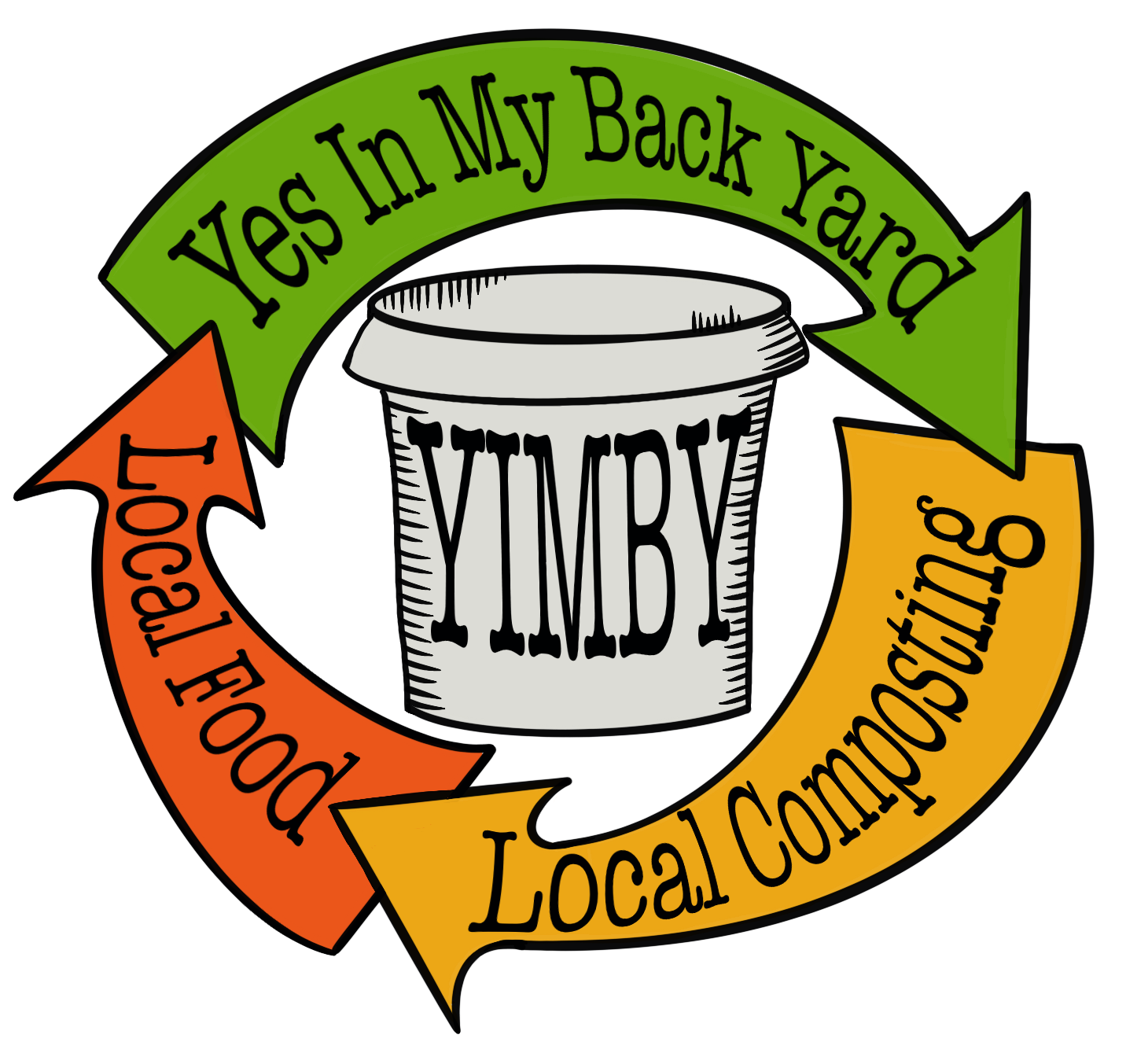Is your cool compost…Cool?
Most back-yard compost piles are cool, which means they don’t achieve consistent temperatures over 55 degrees Celsius for 3 days or more. They can still make good compost if we follow a few simple rules.
Hay is grass or other pasture plants that are cut when they are still green but (usually) before they have gone to seed. Hay is cut and baled as animal feed, the best hay being cut when the pasture is at its peak nutrition for grazing animals, this means hay has a high nitrogen content, great for animals fattening up or making milk.
The lower temperatures of cool compost mean we can’t trust the heat of our pile to stop rodents getting the high value food scraps we might want to process. So, we are either going to have to leave tasty rodent food (pretty much all food scraps) out of our piles, or we need a physical defence against them getting into our piles.
The easiest way to create a physical rodent barrier is to use a rodent mesh (5mm square wire) over the bottom of a classic Gedye-style, moulded plastic, lidded compost bin.
These bins come with a strong lip around the bottom that rodent proof wire can be folded up and over, keeping rodents from getting in the base of the bin and pilfering all the food scraps.
The other thing we have to watch for in cool compost systems is weed seeds, pest infested organics and any pathogen laden ingredients. The cool conditions are unlikely to kill these off effectively.
All these ‘undesirable’ ingredients, including food scraps (if we can’t rodent proof our bays), still need to be kept out of landfill, where they will break down anaerobically producing potent greenhouse gases, so we need to make sure they go to a hot compost system (YIMBY in Mt. Alexander, green lid FOGO bin in Macedon Ranges or a neighbour who hot composts).
We have already talked about the ‘Tip and Run’ approach that many people have to composting, and Gedye style bins tend to encourage ‘tip and run’ with their fitted lids protecting us from the worst of the odours, though not actually reducing them.
If this has been your approach, it is time to really give your compost a treat and layer in generous handfuls of carbon-rich materials like straw, dry leaves and chopped up woody garden prunings between thin layers of the rich, moist food scraps and green garden trimmings.
Adding carbon-rich materials really is the most important improvement most cool composters can make to lift their compost to a higher plain.
Next week we’ll ask, are tree roots stealing your compost?
AUTHOR: JOEL MEADOWS
Joel Meadows works with Yes In My Back Yard, (YIMBY), a community-scale composting initiative in Castlemaine and surrounds. Send questions or comments to hello@yimbycompost.com
This was first published in the Midland Express on the 30 August 2023

